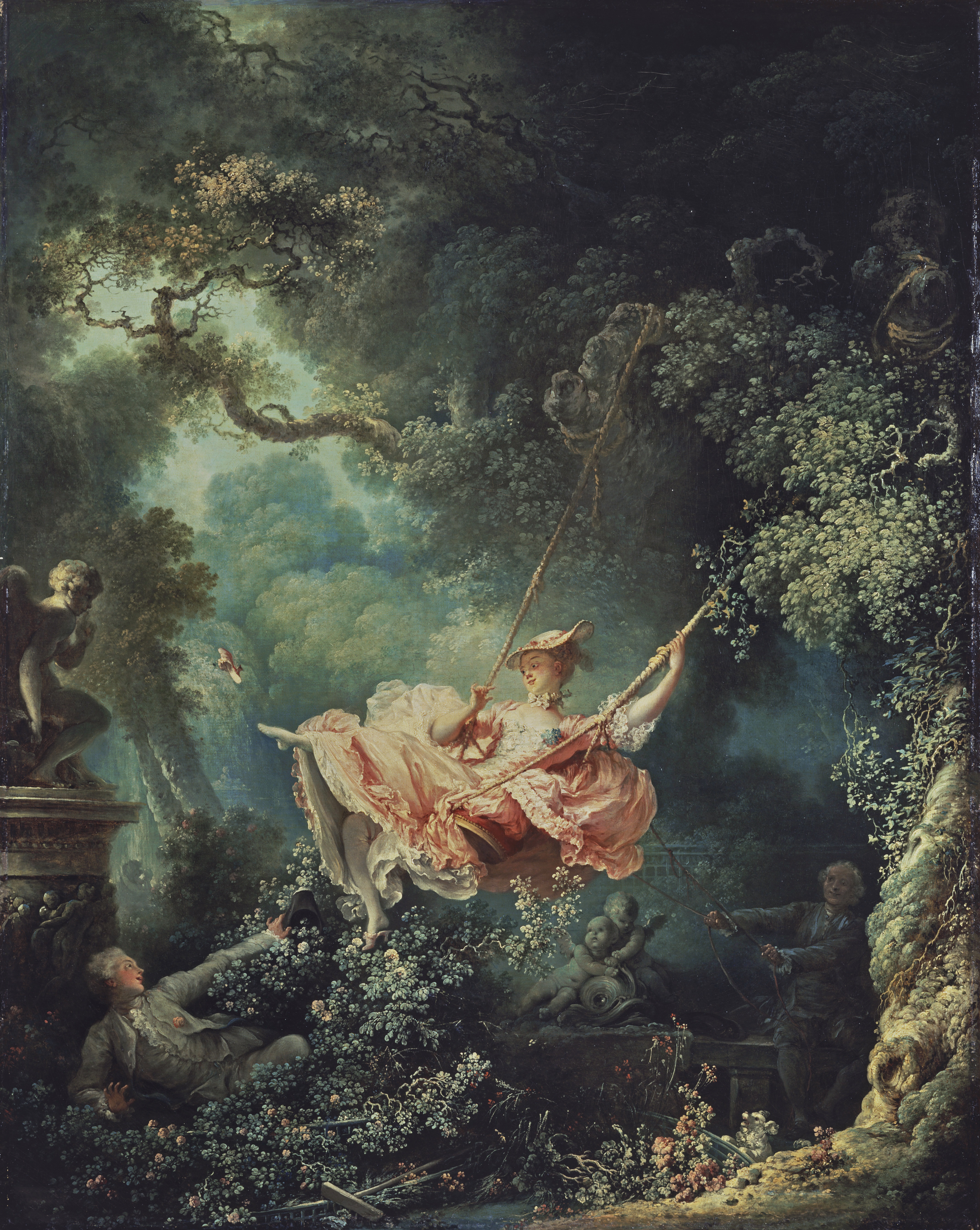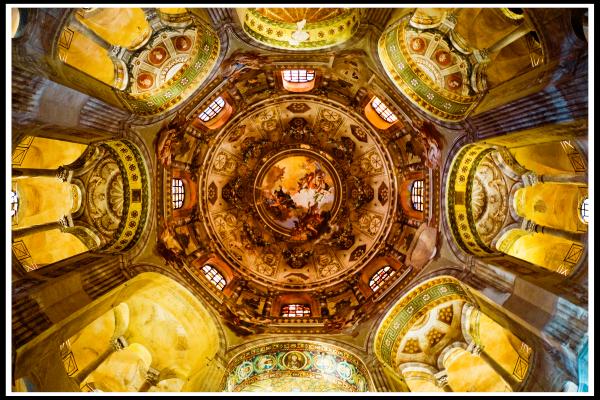Oriental Room
The Queen's Gallery, London: Designed by perhaps Britain's most famous architect John Nash, the gallery was originally one of Buckingham Palace's three identical conservatories and pavilions executed in the form of Ionic temples. The conservatory was converted into a private chapel for Queen Victoria in 1843, but after the Air Raids of 1940, the Queen & Duke of Edinburgh redeveloped the space into a gallery in 1962. In 1997, a 20 million dollar expansion was done to the gallery; the most significant addition that had been done to Buckingham Palace in 150 years.
The Royal Collection
The Royal Collection
The Queen's Gallery
Gallery Exterior
I have been to the gallery, let alone London, more times than I care to admit (thanks to my mother, an English teacher who is an avid Anglophile, despite being of Irish ancestry).
While the gallery houses a pan-European collection filled with the works of Vermeer, Rembrandt, and Greco-Roman sculptors, my favourite part of the gallery is the section filled with colonial treasures. Ranging from snuff boxes to swords, this part of the gallery features gifts from the imperial colonies to British monarchs. The most impressive gifts in my opinion, are those from India-Britain's largest and likely most profitable imperial colony. The Indian treasures are fascinatingly ornate in their use of emeralds, rubies and diamonds, intricately woven in amongst botanical carvings and Hindi script.
Yes, the gallery can be critiqued from an anti-imperialist, anti-Edward Said like perspective for it's invocation of a "Rule Britannia" sensibility, but regardless of your standpoint-one cannot deny that this gallery is certainly gilded and grand.
I have been to the gallery, let alone London, more times than I care to admit (thanks to my mother, an English teacher who is an avid Anglophile, despite being of Irish ancestry).
While the gallery houses a pan-European collection filled with the works of Vermeer, Rembrandt, and Greco-Roman sculptors, my favourite part of the gallery is the section filled with colonial treasures. Ranging from snuff boxes to swords, this part of the gallery features gifts from the imperial colonies to British monarchs. The most impressive gifts in my opinion, are those from India-Britain's largest and likely most profitable imperial colony. The Indian treasures are fascinatingly ornate in their use of emeralds, rubies and diamonds, intricately woven in amongst botanical carvings and Hindi script.
Yes, the gallery can be critiqued from an anti-imperialist, anti-Edward Said like perspective for it's invocation of a "Rule Britannia" sensibility, but regardless of your standpoint-one cannot deny that this gallery is certainly gilded and grand.


















